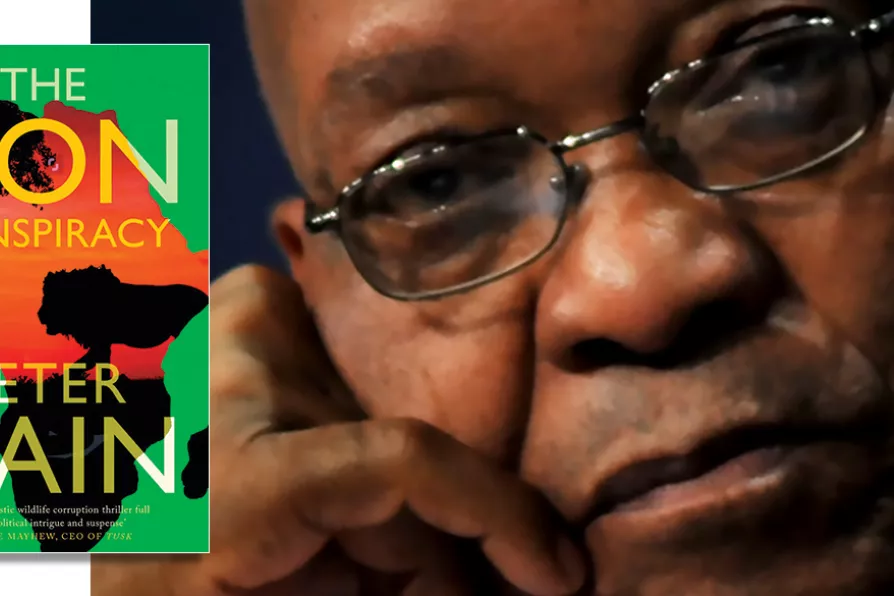HENRY BELL is fascinated by the underlying curiosities and contradictions of one of the great poets of the Mediterranean

 PENNY FOR YOUR THOUGHTS: Jacob Zuma
[Eric Miller/WEF 2009/CC]
PENNY FOR YOUR THOUGHTS: Jacob Zuma
[Eric Miller/WEF 2009/CC]
The Lion Conspiracy
Peter Hain, Muswell Press, £14.99
IN 2024 we celebrate 30 years of the end of apartheid and South Africa’s first democratic, non-racial elections. It is a momentous year when the ANC faces the possibility of losing its majority as a result of years of failure to overcome the legacy of apartheid and the scandals of corruption and state capture.
This is the third in Peter Hain’s “Conspiracy” series of thrillers and doesn’t disappoint. Set in his beloved South Africa, the plot moves back and forth between the apartheid period, the impact of corruption, particularly during the Zuma period and the ongoing battle with the international criminal trade in animal products, gold and diamonds. At the heart of this trade are many disgraced ANC leaders, drug dealers and arms smugglers.
As the drama unfolds, Hain reintroduces some familiar figures. Central is “the Veteran” — a thinly disguised Ronnie Kasrils — former MK intelligence director and subsequent minister in several South African post-apartheid governments.

The shared path of the South African Communist Party and the ANC to the ballot box has found itself at a junction. SABINA PRICE reports

RONNIE KASRILS pays tribute to Ruth First, a fearless fighter against South African apartheid, in the centenary month of her birth

LYNNE WALSH previews the Bristol Radical History Conference this weekend











